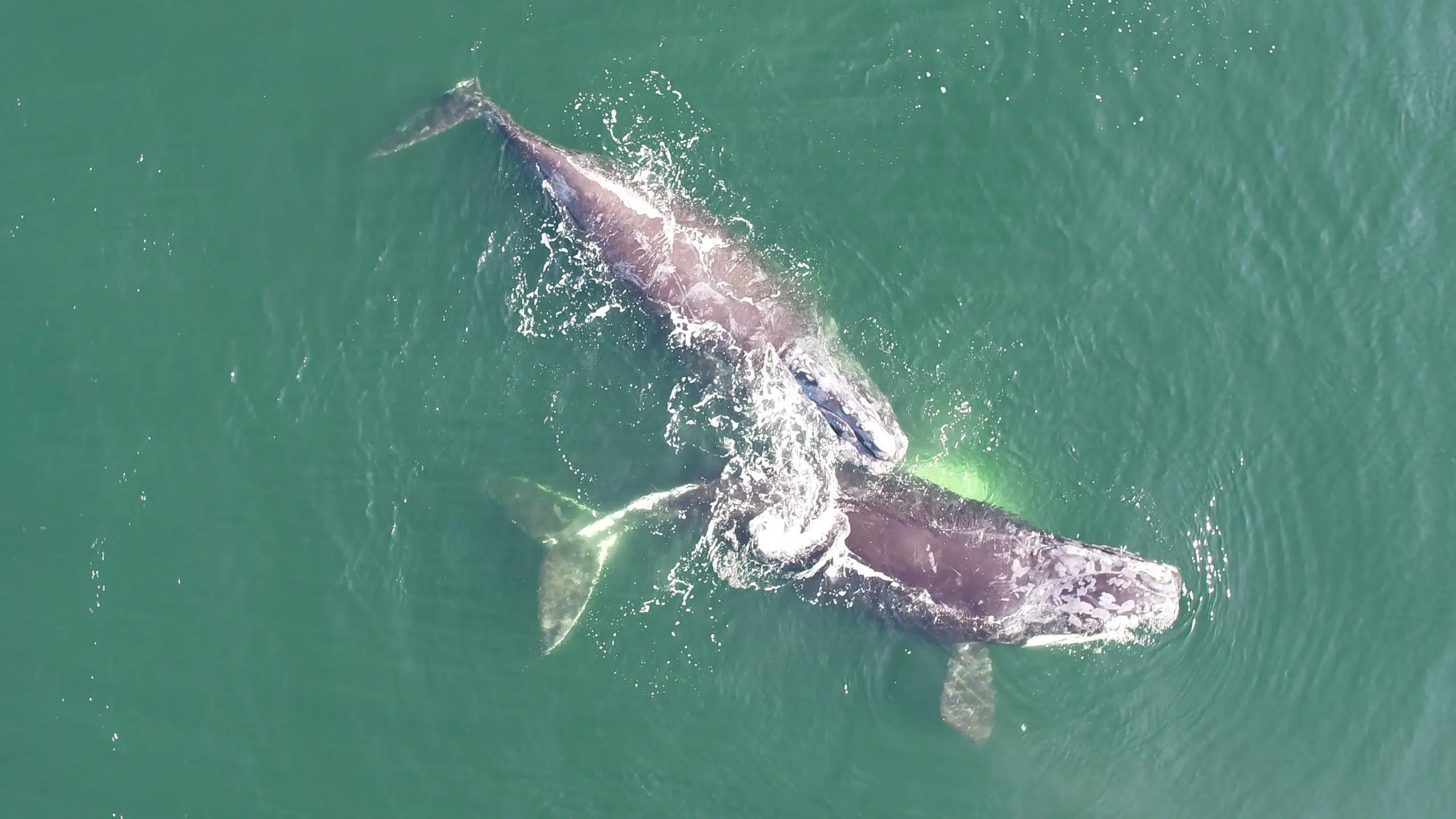There is optimism among scientists who study the endangered North Atlantic right whale.
Nine calves have been spotted during the first few weeks of the current breeding season.
Moira Brown is a senior scientist at the Canadian Whale Institute on New Brunswick’s Campobello Island.
Brown said the early numbers are promising, and she hopes to see more before the end of the breeding season in late March.
“Being at nine partway through the season, if we stay on par, we certainly hope to add maybe that many again. It would be good for the population to have some good calving,” Brown said in a recent phone interview.
It is estimated there were 340 North Atlantic right whales as of the end of 2021, including fewer than 100 reproductive females.
Brown said reproduction numbers were “really good” between 2000 and 2010, with an average of two dozen right whales born each year.
However, those numbers started to drop in 2010 as the right whales’ habitat shifted from the Bay of Fundy and waters south of Nova Scotia to the Gulf of St. Lawrence in response to changes in prey location
“Since 2017, the numbers have not been anywhere near what they were for the first 10 years of the 2000s,” said Brown.
There were an average of 15 North Atlantic right whale calves born during each of the previous three seasons.
However, with the number of calves on track to surpass that number this season, Brown said it appears the whales have found a good supply of food.
“These mothers must be getting enough food, enough plankton to eat, in order to be able to get pregnant and hold onto that pregnancy and give birth to a calf,” she said.
Brown said they have also noticed an increase in the interval between one birth and another.
Females can have a calf every three years, but she said that window has expanded to between seven and 12 years.
“That time period coincides with this habitat shift, so it’s giving us some encouragement that perhaps the whales are getting used to it,” said Brown.
You can see where North Atlantic right whales are being spotted through the WhaleMap initiative by clicking here.






Comments